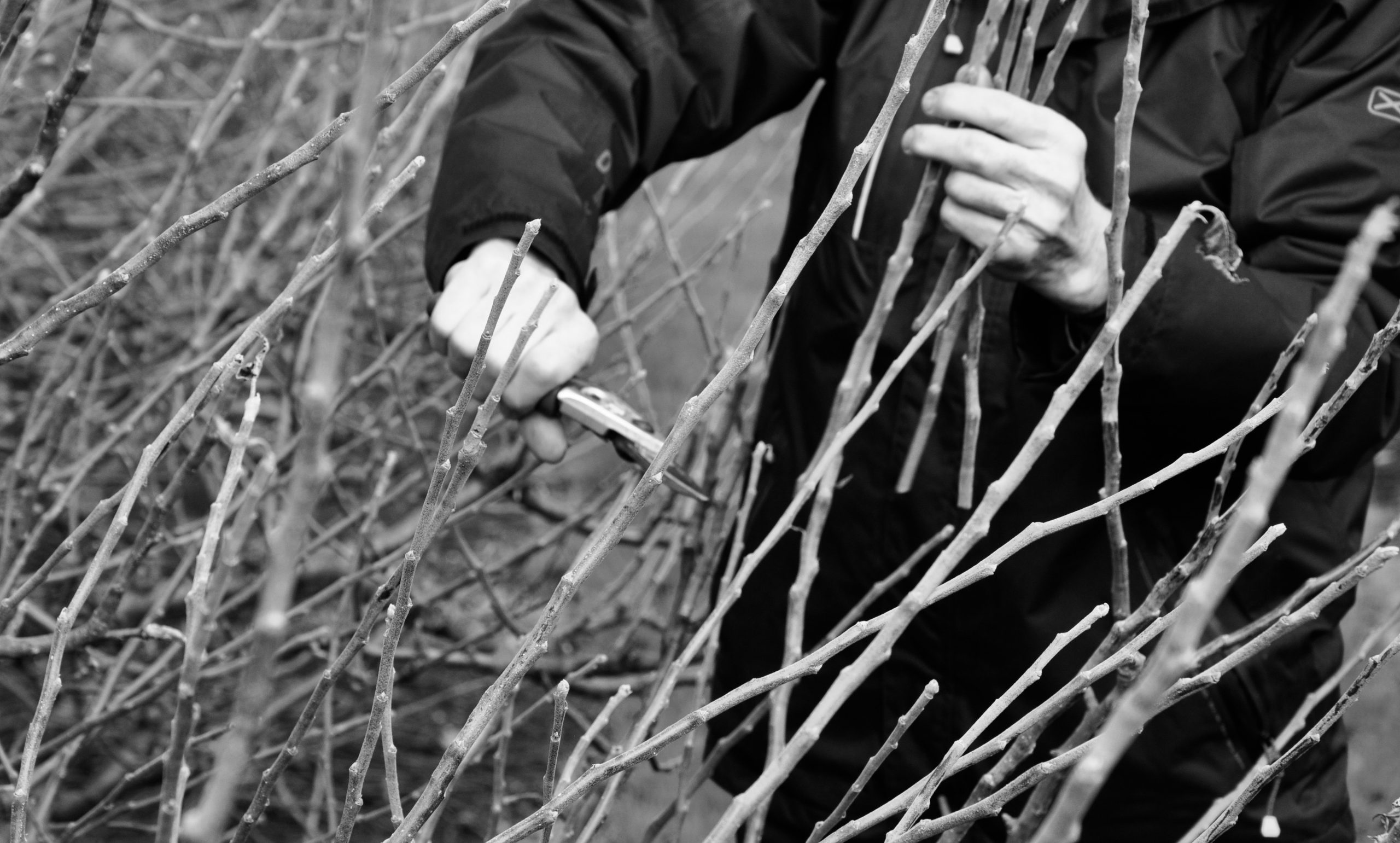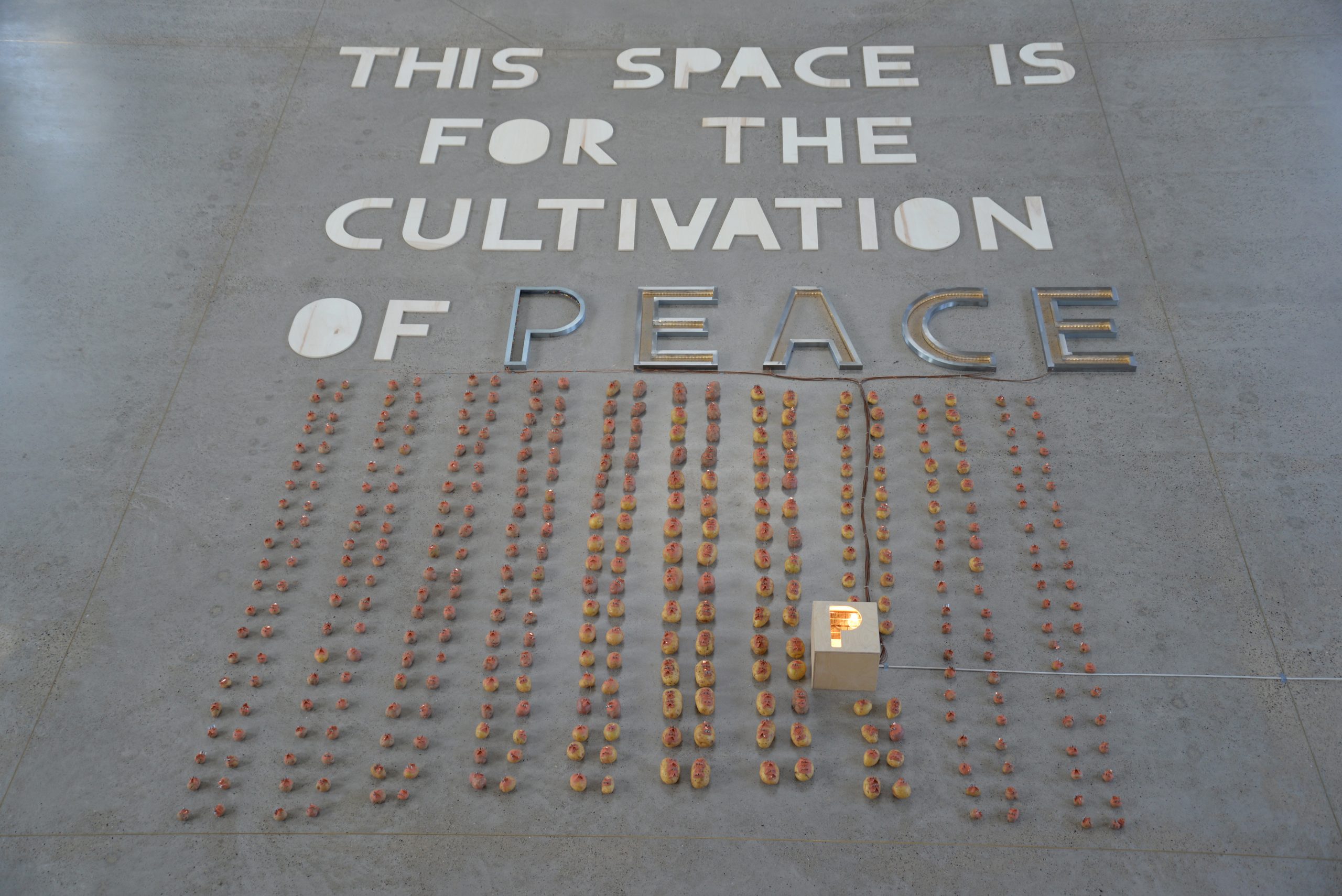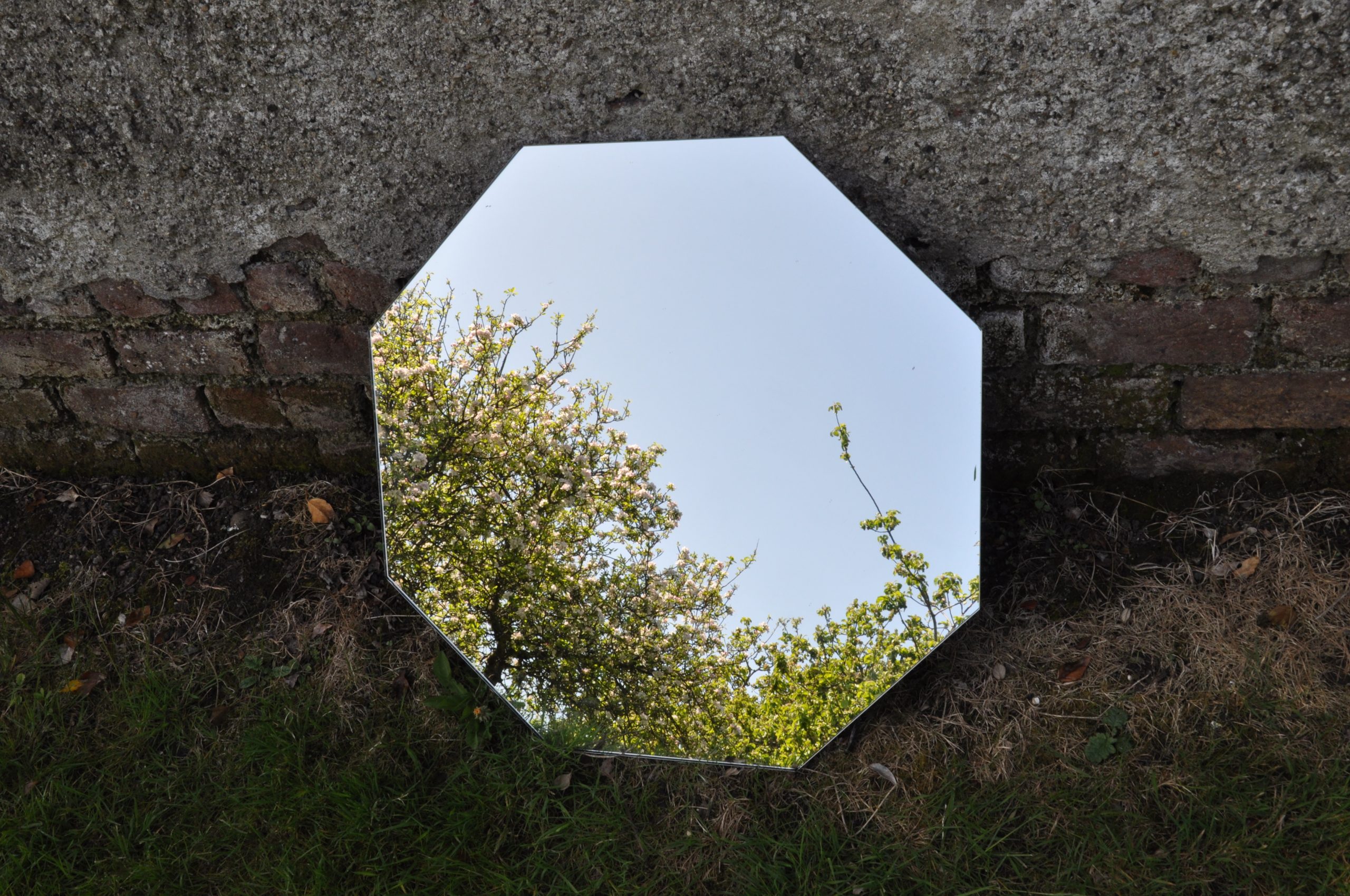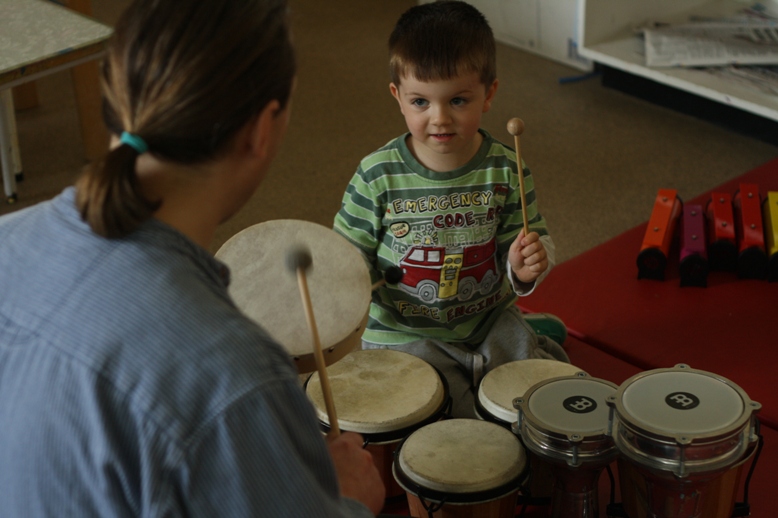Clodagh Assata Boyce
Clodagh is a Trini-Irish anti-disciplinary artist and curator based in Dublin.
https://bio.site/Clodaghboyce
Clodagh is influenced by the traditions of Black feminist thought and their work is rooted in diasporic memory, the politics of care, and practices of refusal. Through their writing and experimentation with material forms, they critique architecture, language, memory, and modes of marginalisation — making space for what is often obscured, withheld, or unspeakable.
In the past year, Clodagh has contributed to Visual Arts News Sheet and Bloomers Journal, and spoken at platforms like the Studio Museum in Harlem and NCAD. Their work blends institutional critique with care-focused methodologies, drawing on their background in community organising (BlackQueerBookclub), film curation (Dublin International Film Festival), and museum education (Studio Museum in Harlem). They are committed to accessible, interdisciplinary, community-rooted work.



